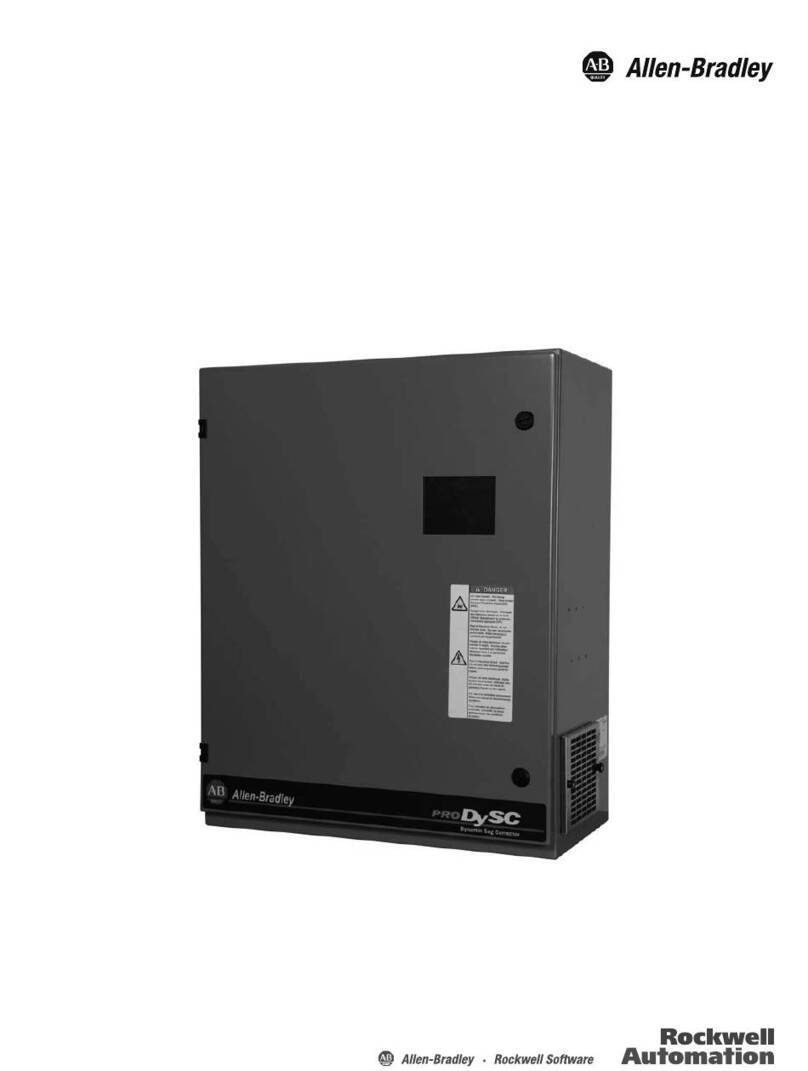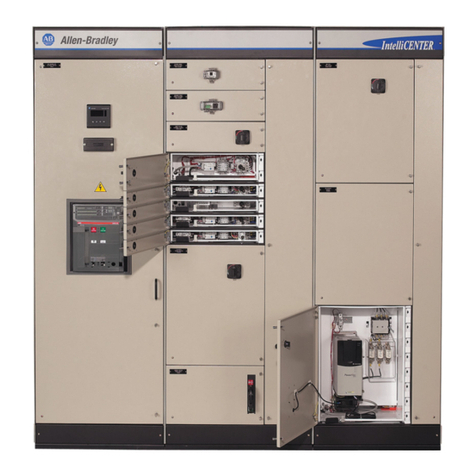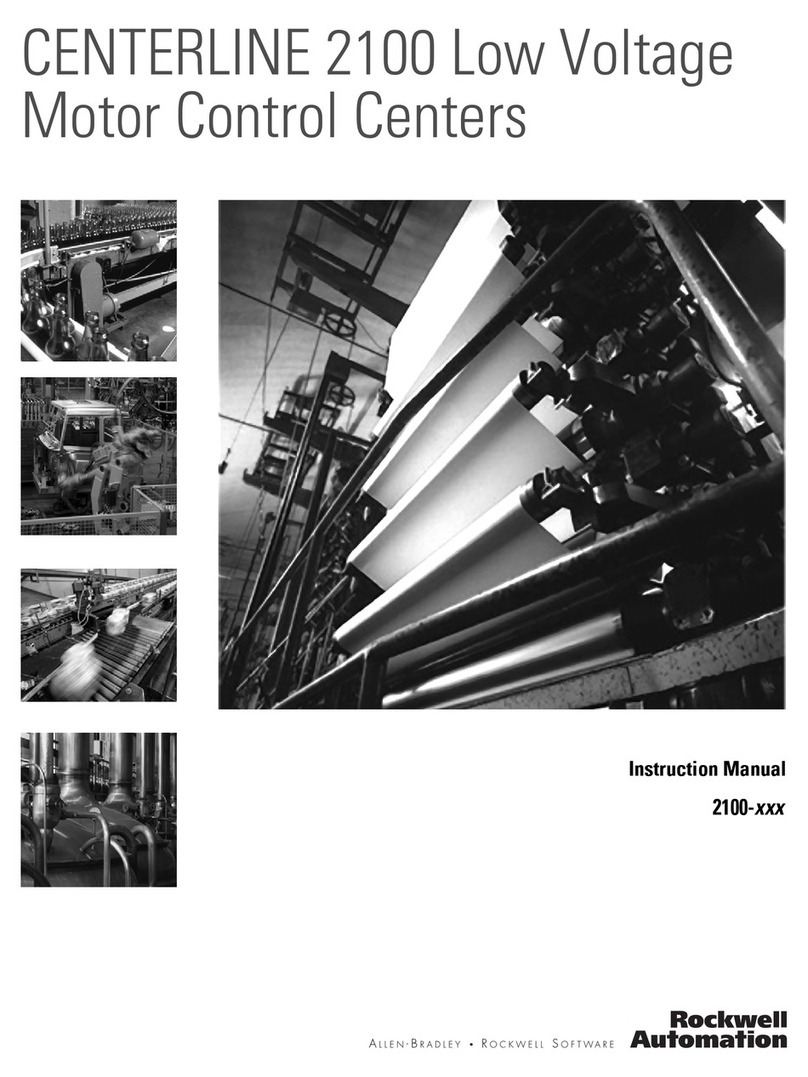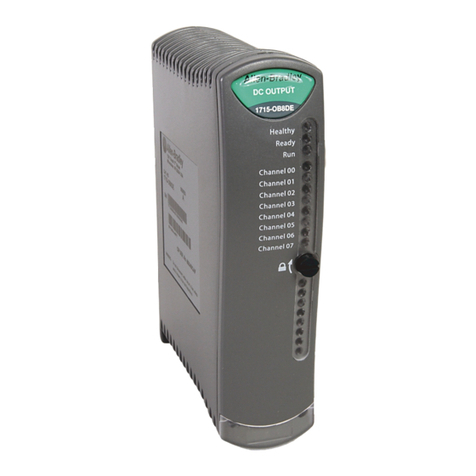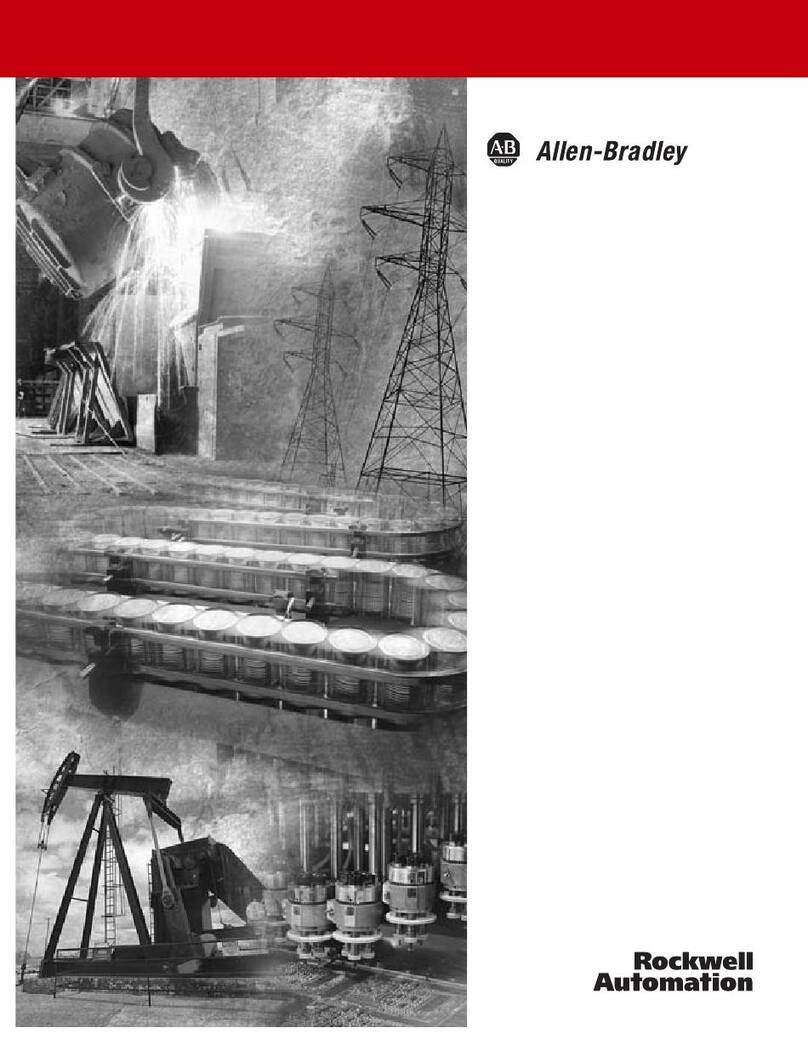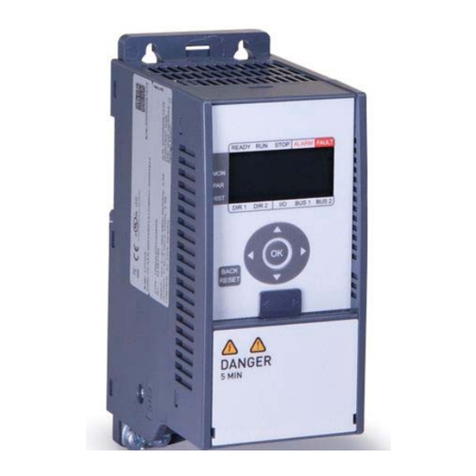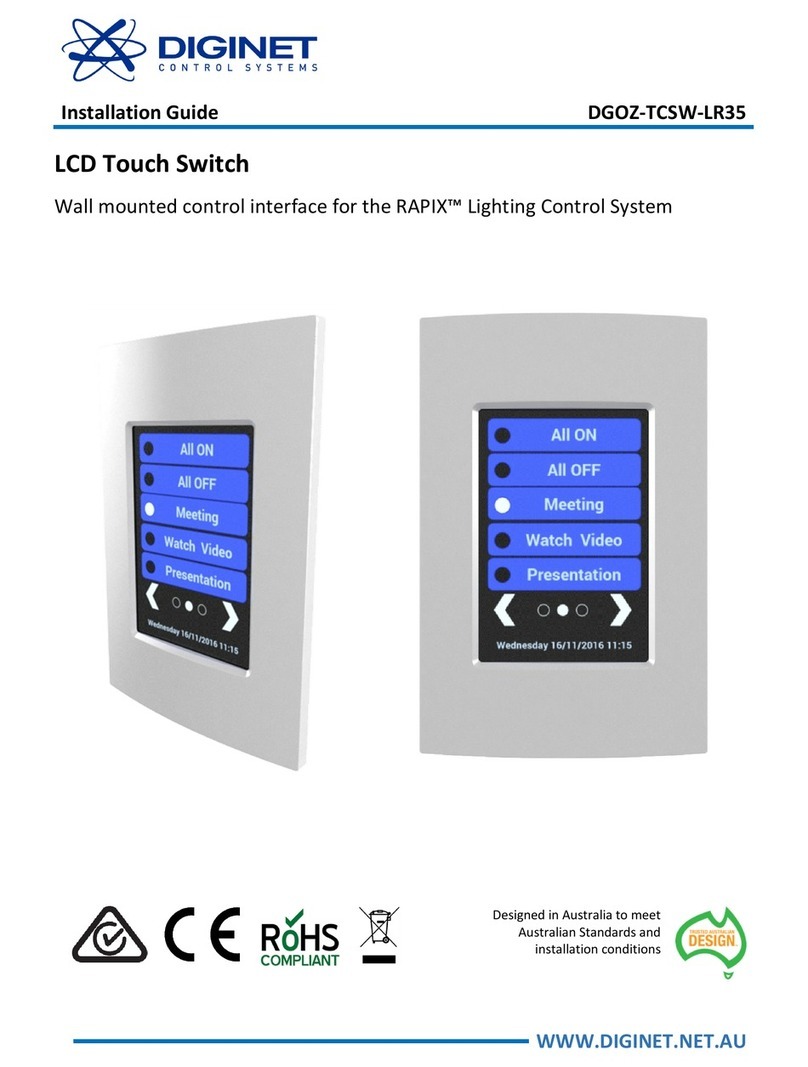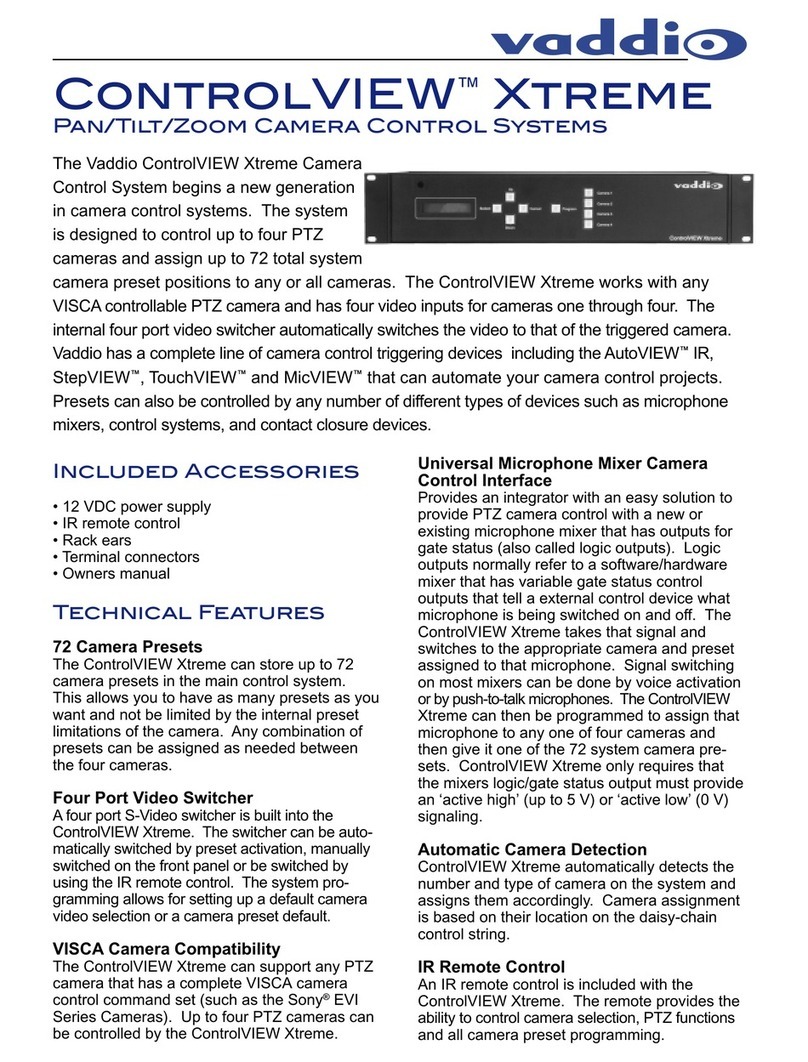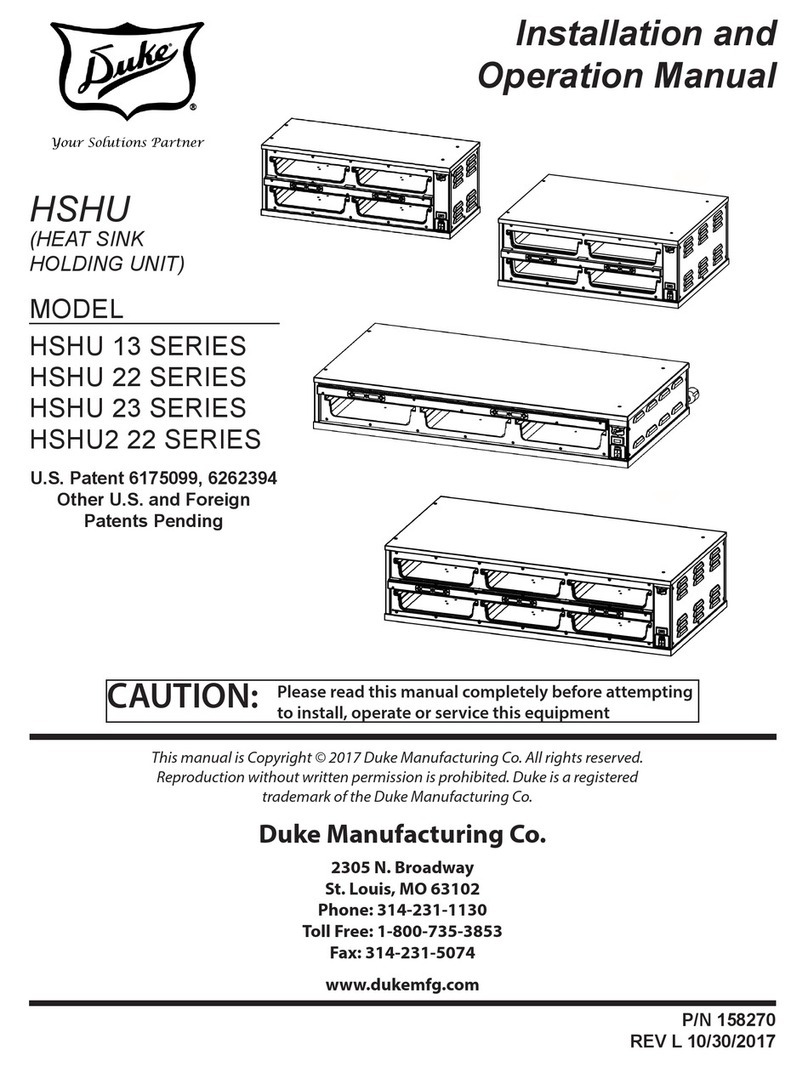
MSR300 Safety System Manual
Rockwell Automation MSR300 Manual.doc Pg 6 of 85
1.3 General Safety Precautions
This product, the equipment on which it installed, persons handling the product and
equipment, and/or the immediate environment can be harmed if this equipment is
operated outside the specified limits of any of its technical parameters.
Observe all electrical safety regulations stipulated by the appropriate technical authorities.
The latest version of user documentation that includes instructions for installation,
operation and maintenance of this product must be readily available with personnel
involved in any of these tasks.
Machine safety applications make it necessary for hazardous areas and dangerous
operating modes to be carefully identified, and adequate measures taken to ensure that
failure or tampering does not allow automated equipment to be of risk to personnel.
It must be understood that the use of safety monitoring and control devices such as this
product is not sufficient to ensure that the equipment on which it is installed will meet the
relevant stipulated regulations and directives. The design and reliability of the machinery
on which this product is used, the proper selection and co-ordination of the safety controls
with the machinery, the safety system design, and proper installation practices are all
necessary to meet the objectives of overall safety.
Careful attention must be paid to safety instructions in other parts of this document,
particularly regarding installation, start-up and operation.
1.4 Product Warranty and Disclaimer
A partial statement of the product warranty and disclaimer is annexed at the end of this
manual, and is subject to the warranty terms and disclaimer included in the detailed
standard terms of sale/contract of the Seller.
1.5 Technical Support
Technical information related to this product and its application is available in product
literature, manuals, and other documentation available from the following sources:
•Rockwell Automation / Allen Bradley web sites:
http://shop.rockwellautomation.com/
http://www.ab.com/
> Literature library > Safety > Safety control relays
•The Rockwell Automation / Allen Bradley reseller from whom the product was
purchased or the distributor nearest to you. This information is available at:
http://www.rockwellautomation.com/distributor/index.html
[Presently only for USA and Canada. Information for other zones expected here in the
near future]
•The Rockwell Automation / Allen Bradley sales / customer support office nearest to
you. This information is available at:
http://www.rockwellautomation.com/locations/
